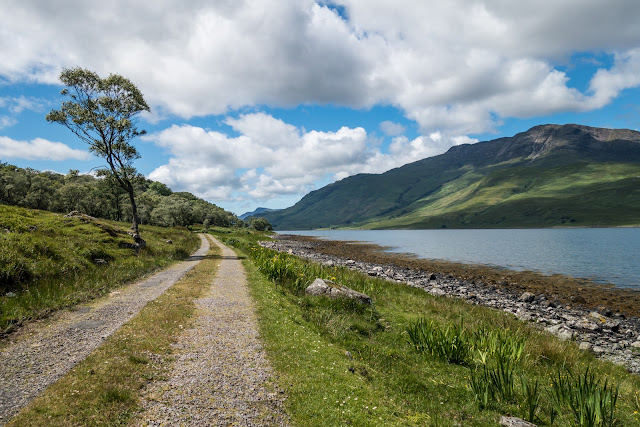Lowestoft - The Walking Men
As part of Rosey`s Suffolk Coastal Walk, we stayed overnight in Lowestoft. We had stayed here for a night back in 2009 when we were visiting a local nature Reserve, so a couple of these images are from that visit as well. The idea of this trip, this time, was to cover the Lowestoft to Kessingland section of the trail and to see the Walking Men statues.
This is a view that greeted us along the beach with our hotel just above the furthest coloured beach hut. The first time we stayed here was at the house where Benjamin Britton grew up, but this time we stayed at the Hotel Victoria - not too far away from there but facing the sea.
Our first stay was here at the house of the famous composer.
The Hotel Victoria, our stay for this visit.
As we had come for the walk down to Kessingland, we did that as soon as we parked the car and took a few photos of the beach and made a note of where the Walking Men were. They were one of the things we definately wanted to see, as they are being removed at the end of the month. The walk itself went well and after catching a bus back to our start we visited the Walking Men
So, for the famous statues. Five 8ft (2.4m) statues were installed on the beach ahead of a free festival taking place in the town. The Walking Men sculpture by Laurence Edwards has travelled throughout the UK and was previously put on display in Australia.
The statues were placed on South Beach as part of the First Light Festival and they will remain there until the end of August.
Mr Edwards, who also made the Yoxman sculpture, said it was a "gift" to have his work placed on the beach. "I love the idea of these moving people, moving through the landscape to try and work out where their place is - it's a lovely theme," he explained.
"This is such a gift to get a spot on a beach with all this hardcore gear to manoeuvre and place them. It's almost unheard of so I'm thrilled to have this location and this incredible town at my fingertips."
Two more views of he WALKING MEN
Another view of he manicuerd beach!
East Point Pavilion
RNLI Lifeboat at South Pier
Ness Point, also known as Lowestoft Ness, is the most easterly point in England, the United Kingdom, and the British Isles. It's located at 52°29′N 1°46′E. Ness Point is the first place in the UK to see the sunrise.
Opposite Ness Point is an artistic structure which has unfortunately been vandalised but I liked the face painted on it, possible at a later date.
Two giant artificial 'birds nests' have been built to help home vulnerable seabirds in what is believed to be a world's first. The 26-feet tall metal structures have been built one kilometre off South Beach in Lowestoft.
Pakenham church which we passed as we walked.
Copied from Suffolk Coastal Escapes:
"The foundations of the first Christian church in Pakefield likely predated Roman occupation.
The church we can see now dates back to the 12th century.Most of the medieval splendor of Pakefield Church succumbed to Cromwell’s actions. The 10th-century Domesday Book mentioned a pair of semi-detached churches.
Built c1000, on the boundary of two manors. The Lords of the two manors, Pakefield Pyes and Rothenhale, both wished to build a church with the west end of the building over the sarsen stone. (a large ancient Sarcsn Stone remains under the church.) In doing so the congregation, when facing the Christian altar, had their backs to the ancient stone which was formerly used as an altar in heathen worship. An agreement between the local Lords was reached to set a dividing wall between the two churches over the sarsen stone.
The original porches of both churches remain today. The north side of today’s church is what was St. Margaret’s. Beyond the central arches lies All Saints church, marked by its 15th-century south porch. This peculiar arrangement reflects the unique history of Pakefield’s dual churches.
Both churches were extended and remained independent through the centuries. In 1411 Robert Graunt became the first rector to oversee both churches. Graunt made efforts to join the churches by opening up arches in the adjoining wall. However, it was not until 1748 that common sense prevailed. The two churches were legally and permanently joined to become the Parish Church of All Saints and Saint Margaret.
In 1930 major restoration of the medieval splendour of the church began. But just two years after completion, on the night of 21st April 1941, two incendiary bombs were dropped on the thatched roof with disastrous results. Fortunately, the walls remained fairly sound and intact, and the tower was not damaged, but the roof and most of the furnishings were either destroyed or rendered unusable, The church remained in this condition until the war was over.
Pakefield Church, however, became England’s first post-war rebuilt church, rededicated in 1950. The re-dedication was performed by the Bishop of Norwich on Sunday 29th January 1950."
Finally we made it just past Kessingland and called it a day, for today, catching a bus back to our starting point. A lovely walk and an enjoyable day.
















Comments